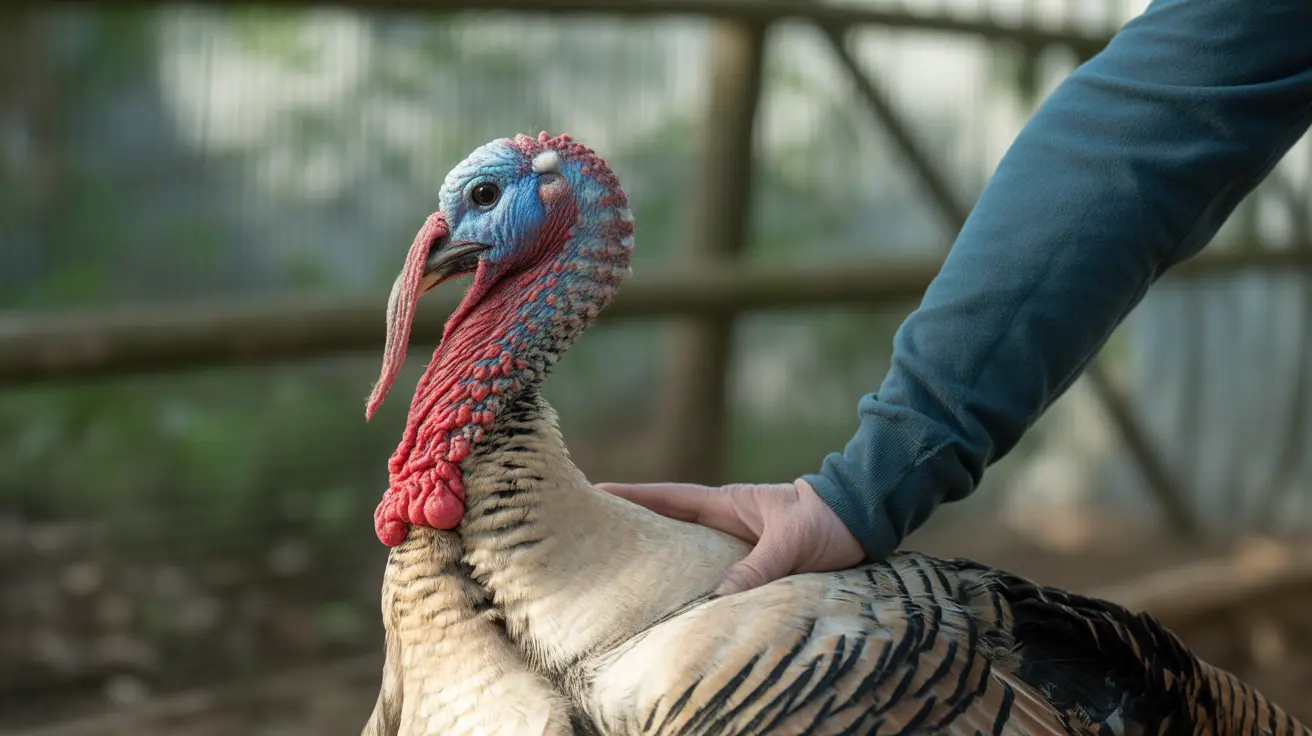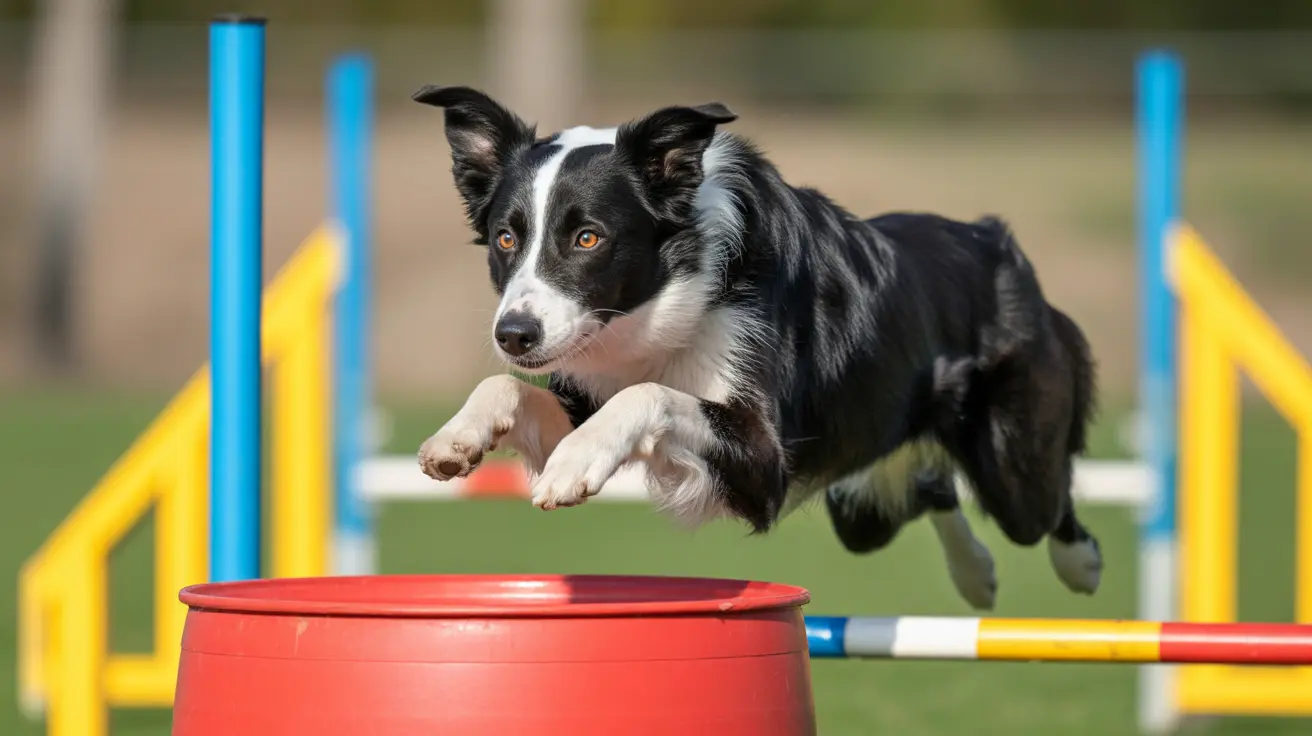Is the Wirehaired Pointing Griffon a Rare Breed?
The
Wirehaired Pointing Griffon, also known as the
Korthals Griffon, is not just a versatile and affectionate sporting dog—it is also considered a relatively
rare breed in many parts of the world. Developed in the late 19th century by Eduard Karel Korthals in Europe, specifically in the Netherlands, Germany, and France, this breed was designed with the aim of creating the perfect gundog capable of pointing, tracking, and retrieving in diverse terrains.
Origins and Purpose
The breed's foundation dates back to the 1870s, when Korthals actively bred for qualities like intelligence, obedience, and loyalty. His goal was to create a dog that could hunt both upland birds and waterfowl, across terrain ranging from marshes to forests.
What Makes the Wirehaired Pointing Griffon Rare?
Several factors contribute to the breed's rarity:
- Specialized Purpose: Originally bred for hunting, the Griffon has remained largely popular within field-dog and sporting circles, limiting widespread adoption.
- Breeding Control: Ethical breeders maintain tight controls over breeding stock to preserve health and standards. This reduces the number of puppies available annually.
- Low Popularity Compared to Other Breeds: While gaining recognition for their multifunctional traits, Griffons are much less common than Labradors or Golden Retrievers.
Physical Traits
The Wirehaired Pointing Griffon features a
rectangular, muscular body, slightly longer than it is tall. Males stand between 22 and 24 inches and weigh 50–70 pounds; females are a bit smaller. The breed is recognized for its
harsh, wiry outer coat and
dense undercoat, which make it resilient in bad weather and rough terrain.
Common coat colors include:
- Steel gray with brown markings (most frequent)
- Chestnut and gray
- White and brown
- Roan
- White and orange (less common)
Temperament and Personality
Although bred for the field, the Wirehaired Pointing Griffon is also a
loving family companion. These dogs are:
- Affectionate and Devoted: They form strong bonds with their families and often do well with children and other pets when socialized early.
- Intelligent: They pick up commands quickly and are eager to please during training.
- Energetic: They require ample daily exercise and do best in homes with active, outdoorsy lifestyles.
Their high energy levels mean they are not well-suited to apartment living or places where they are left alone for extended periods. Without proper mental and physical stimulation, they might develop separation anxiety or destructive habits.
Training and Socialization
Training a Wirehaired Pointing Griffon should involve
positive reinforcement techniques. Harsh or repetitive training can lead to resistance or loss of interest. Early exposure to various people, sounds, and environments is essential to ensure a well-rounded temperament.
Exercise and Field Work
These dogs were bred to work closely with their handlers at a moderate range, and they showcase a high aptitude for:
- Pointing
- Retrieving on land and water
- Tracking wounded game
Their
webbed feet and
double coat equip them well for swimming and harsh climates. For active families or hunters, the Griffon can be a year-round sporting companion.
Grooming and Maintenance
Thanks to their unique coats, Wirehaired Pointing Griffons are considered
low-shedding. However, they still require regular grooming:
- Weekly brushing
- Occasional hand-stripping
- Trimming around feet and ears
- Routine ear checks to avoid infections
- Regular dental care and nail trimming
Though not hypoallergenic, their low-shedding nature might suit households with mild allergies.
Health and Longevity
The Griffon is generally a
healthy and hardy breed with a lifespan of 12–15 years. Common health concerns include:
- Hip and elbow dysplasia
- Progressive retinal atrophy (PRA)
- Cataracts
- Heart conditions such as aortic stenosis
- Bloat
- Thyroid disorders and diabetes
Prospective owners should ensure that breeding dogs have undergone genetic screenings. Proper diet and exercise are crucial to minimizing health risks.
Diet and Nutrition
These dogs thrive on
high-quality food appropriate for their size and energy level. To reduce the risk of bloat, it is advised to split meals into two or more feedings daily. Access to clean drinking water is essential.
Conclusion
While the Wirehaired Pointing Griffon is not commonly seen in urban parks or suburban backyards, it thrives in rural or active households that can meet its mental and physical needs. Their relative rarity, affectionate temperament, and multi-purpose utility make them an appealing choice for dedicated dog enthusiasts and hunters alike.
Whether exploring wooded trails or enjoying family life, the Wirehaired Pointing Griffon stands out—not just because it's uncommon, but because it's extraordinary.





